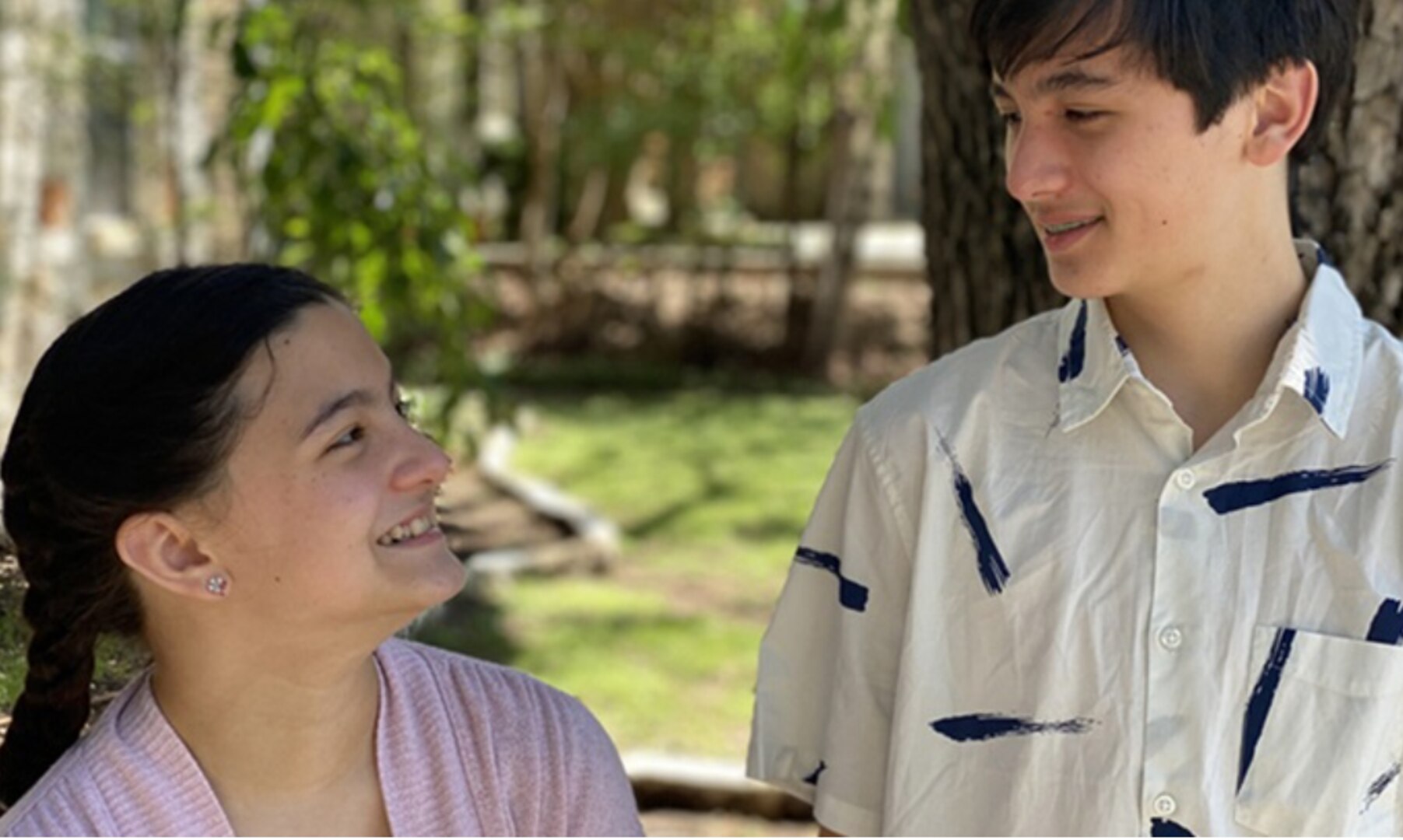
Based on Data, MHS Experts Encourage Vaccines for Adolescents

Air Force Col. Heather Yun enrolled her teenagers in COVID-19 vaccine trials in back in the winter.
An infectious disease physician, Yun spoke with her children at length about the vaccine studies, and they were eager to do their part in the battle against the pandemic. More nervous about the blood draw than the shot, her children "overcame their fears and got it done," she said.
"I am so incredibly proud of my brave kids for doing their part for their community and the nation," said Yun, who also serves as Brooke Army Medical Center's deputy commander of medical services.
With the recent authorization of the Pfizer vaccine for youth ages 12 to 15, Yun is now encouraging other parents to consider the vaccine for their adolescents as well.
"The data continues to demonstrate that the vaccine is safe and effective," Yun said. "Vaccinating this population is an important step in ending the pandemic."
Layer of Protection
With emergency use authorization and a 100 percent efficacy rate for this age group, "we are strongly recommending the vaccine for adolescents," noted Army Maj. Megan Donahue, BAMC's chief, pediatric infectious diseases.
However, vaccine hesitancy continues to be an ongoing challenge, particularly among young people who feel less threatened by the virus due to lower infection rates and reports of mild illness, noted Air Force Lt. Col. Alice Barsoumian, associate professor of medicine, San Antonio Uniformed Services Health Education Consortium Infectious Disease Fellowship Program.
While it's true that fewer children have been infected with COVID than adults, experts are tracking an increase in COVID infection and hospitalizations within younger populations, Barsoumian said, citing reopening schools and the easing of face covering requirements as potential causes. Additionally, some strains appear to be more contagious to children.
"Thankfully, hospitalization rates are still low," she said, "But we need to keep in mind that one in three children hospitalized with COVID is admitted to the ICU (intensive care unit)."
Children may also be at risk of a severe inflammatory response to COVID infection called Multisystem Inflammatory Syndrome, or MIS-C, a condition where different body parts can become inflamed, including the heart, lungs, kidneys, brain, skin, eyes, or gastrointestinal organs, according to the Centers for Disease Control and Prevention. While a direct link to COVID-19 hasn’t been established, many children with MIS-C had the virus or had been around someone with the infection.
Another risk is post-acute COVID syndrome, which causes symptoms to include fatigue, exercise intolerance, depression and poor sleep, explained Army Lt. Col. Elizabeth Markelz, BAMC's chief of infectious disease service. “This syndrome does not occur with immunization," she noted.
Education and awareness remain key to boosting vaccination rates. "The vaccine is incredibly important for building herd immunity," Markelz said. "Additionally, children have the same transmissibility to others as adults, providing an important route of spread to their loved ones."
Yun's 12-year-old daughter, Lucy, agrees. "I think it's important for kids to get vaccinated because even though in some cases we're less likely to get hurt from sicknesses, it's better for protecting people who are higher risk," she said.
Minimal Side Effects
The Pfizer vaccine is administered in the same dosage and dosing regimen for 12 to 15-year-olds as it is for ages 16 and older - which is two doses 21 days apart. The COVID-19 vaccine and other vaccines may be administered without regard to timing, according to new CDC guidance. Out of an abundance of caution, the CDC previously had recommended a minimum of 14 days between the COVID-19 vaccine and other vaccines; however, data has indicated the safety of simultaneous administration.
As with adults, adolescents are reporting varying non-serious side effects post-vaccination, typically lasting for one to three days, Barsoumian said. These side effects can include pain at the injection site, tiredness, headache, chills, muscle pain, fever and joint pain.
Yun's 14-year-old son, Eli, reported a few side effects after his shot. "The vaccine itself didn't actually hurt when it was injected, but afterward, I had a pretty sore arm following the first dose, and flu-like symptoms following the second dose for a few days," he said.
"Side effects appear similar, but occur slightly more frequently in this population than in older populations," Barsoumian said. "We've noticed this in the adult population as well – the somewhat younger you are, the somewhat more frequently they occur."
Moving Forward
While Pfizer is currently the only FDA-approved vaccine for 12 to 15-year-olds, other manufacturers, such as Moderna, are likely to follow. As for the younger age groups, based on the study cohorts, the manufacturers will most likely roll out approval in stages, Barsoumian said, starting with 6- to 11-year-olds and followed by 2- to 5-year-olds at a later date.
Barsoumian is eager for that day to arrive. Her children, who are 10 and younger, are unable to get the shot at this time, but she has signed them up for all available studies across the state.
Markelz has also signed her young children up for local studies and is awaiting enrollment to open. "My kids dread getting vaccines, but they both have stated they will get it when they can because they want to protect 'nanna, papa and their teachers,'" she said.
With authorization at hand, many parents and adolescents are lining up to get the shot. The CDC has announced that half a million kids ages 12 to 15 have received a COVID-19 vaccine in less than one week and, in total, more than 4.1 million adolescents ages 12 to 17 have been vaccinated so far.
"This is incredible progress," Barsoumian said. "Go get ‘em kids!"